15 Foods That May Disappear in Our Lifetimes
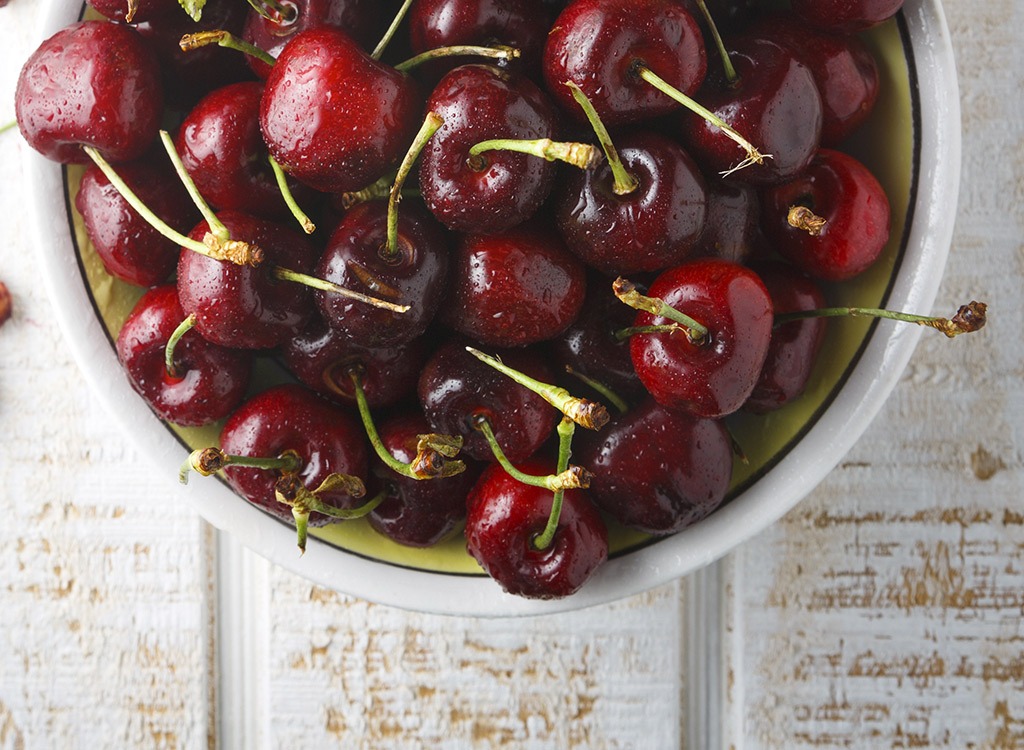
With rising temperatures, increases in drought, and infections sweeping lucrative farms and forests, a good chunk of our global food supply is on the brink of extinction. Global warming threatens many of our go-to meal prep staples and comfort foods alike, as climate change swaps the security of steady temps with wacky weather patterns unfit for agriculture.
While we’re no crystal-ball-clad psychics, we dug up some research that suggests these 15 foods may disappear—or drastically subside—during our lifetimes. Unfortunate as it is, it might be time to kick that caffeine and cocoa addiction to the curb. Find out what else you may have to come to terms with living without.
Avocados
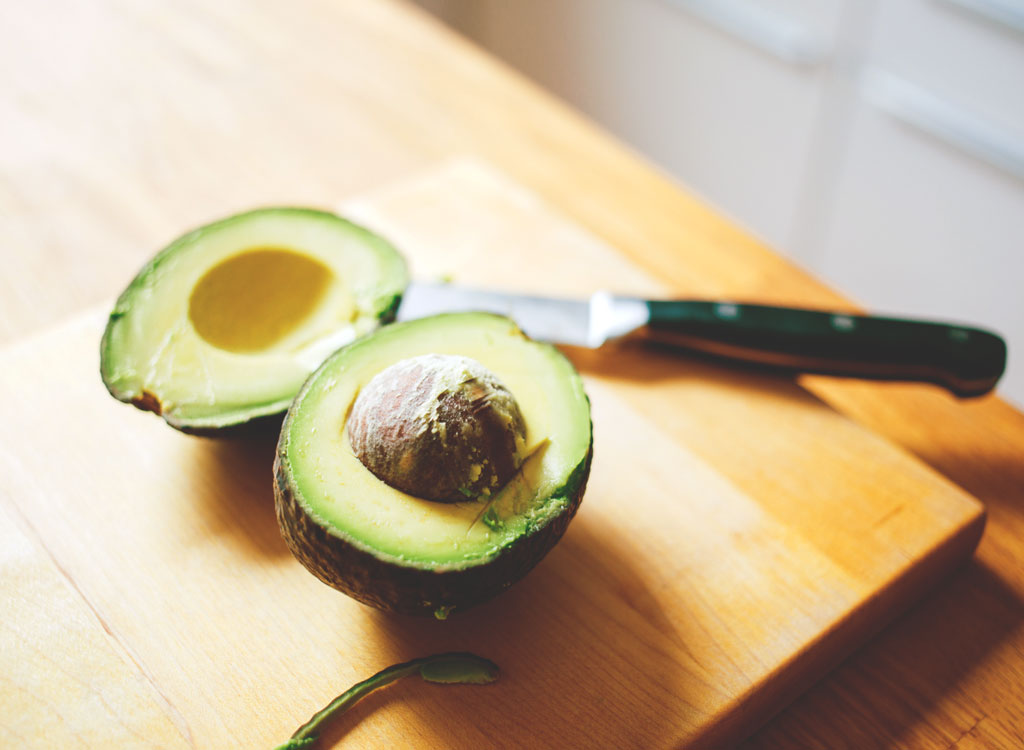
Besides smashed on toast or blended into guac, avocado is snuck into everything from hummus to ice cream, lending unexpected eats a verdant hue and mega dose of monounsaturated fats. And with avocado toast on practically every brunch menu possible, we can’t imagine the world—or Sundays—sans the creamy fruit. Much to our dietary dismay, this might be one of the first extinct fruits. Just one pound of avocados require a whopping 72 gallons of water to grow, according to Grub Street, and that spells major trouble for California farms—where over 80 percent of U.S. avocados are grown. “Ninety-eight percent of California is in a drought condition, so the ramifications are much broader than whether someone can get an avocado in New York City,” Ken Melban, the director of issues management for the California Avocado Commission, told Slate.
Bananas
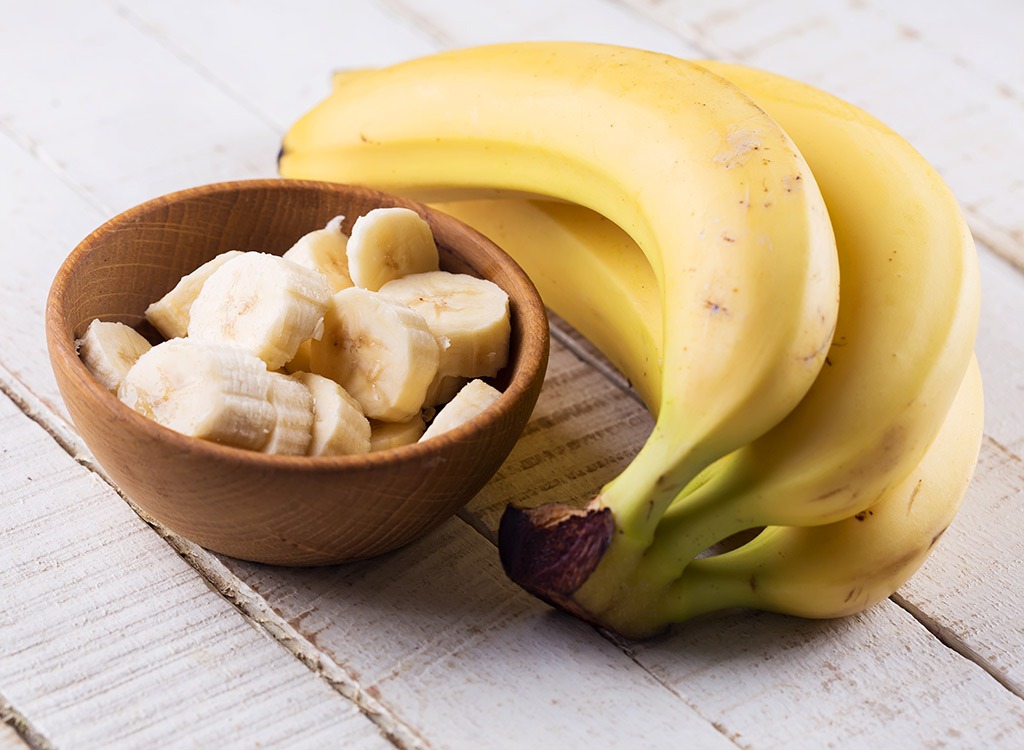
The mighty banana that beats the 2 p.m. slump and makes its way into breakfast smoothies is actually known as the commercially-grown Cavendish species and its stricken by a deadly fungal infection that taints the soil. According to Fox News, the soil-tainting Panama disease is currently spreading throughout Africa and Asia, and experts fear that if it strikes South America (the biggest supplier of Cavendish), that may mark the end of America’s favorite fruit.
Chocolate
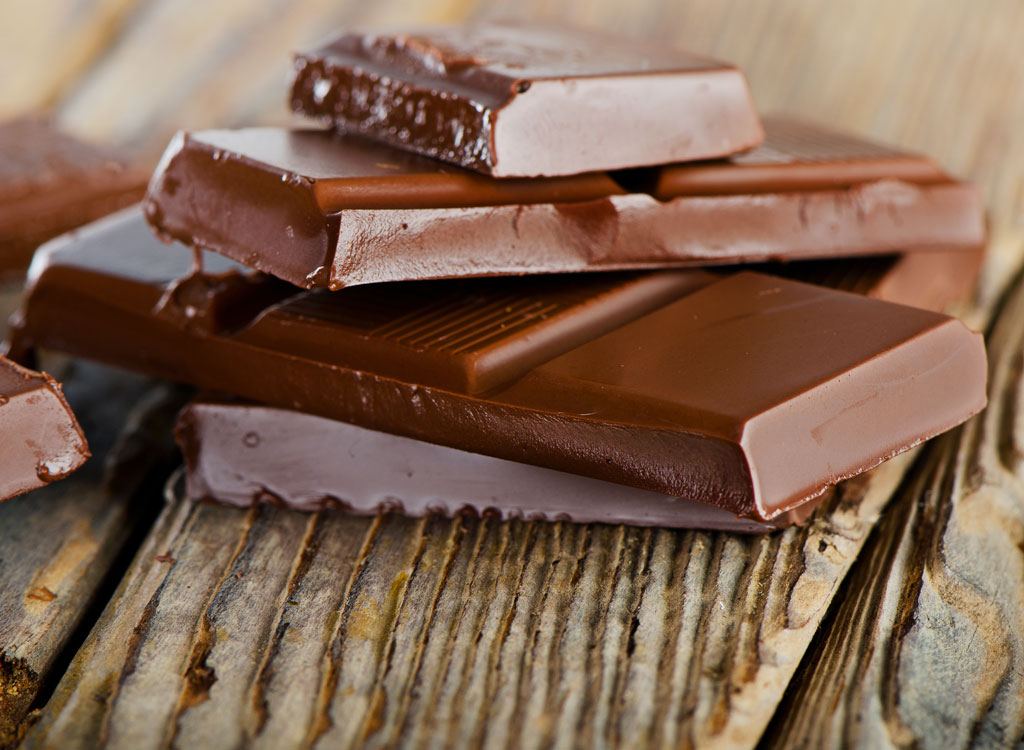
Because the cacao tree is susceptible to pests and fungal diseases such as witch’s broom that wiped out 80 percent of Brazil’s total cocoa output in the early 1990s, scientists fear that these infections can potentially wipe chocolate into extinction due to the plant’s limited genetic variation. Climate change also poses a serious threat to our precious cocoa. “The danger to chocolate comes from an increase in evapotranspiration, especially since the higher temperatures projected for West Africa by 2050 are unlikely to be accompanied by an increase in rainfall, according to business-as-usual carbon dioxide emissions scenarios,” climate.gov states. “In other words, as higher temperatures squeeze more water out of soil and plants, it’s unlikely that rainfall will increase enough to offset the moisture loss.”
Potato Chips
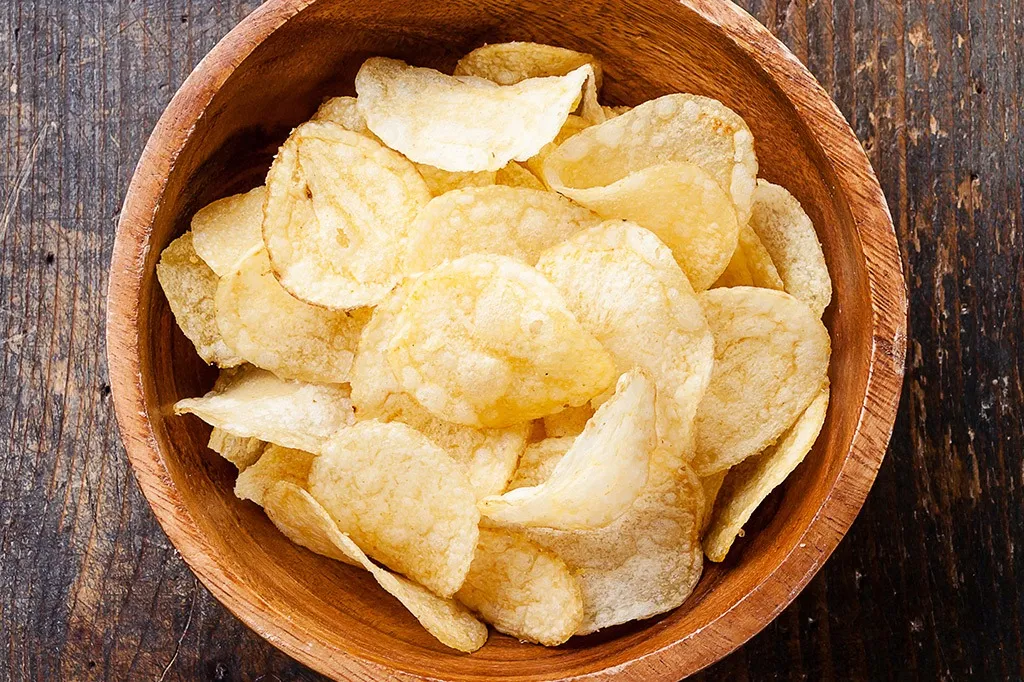
According to a study conducted by Bioversity International and the International Rice Research Institute, up to 25 percent of wild potato species are predicted to become extinct by 2055 due to climate change, spelling the demise of our favorite crunchy munchie. Another despairing conclusion: You may not be able to order fries with that.
Peanuts
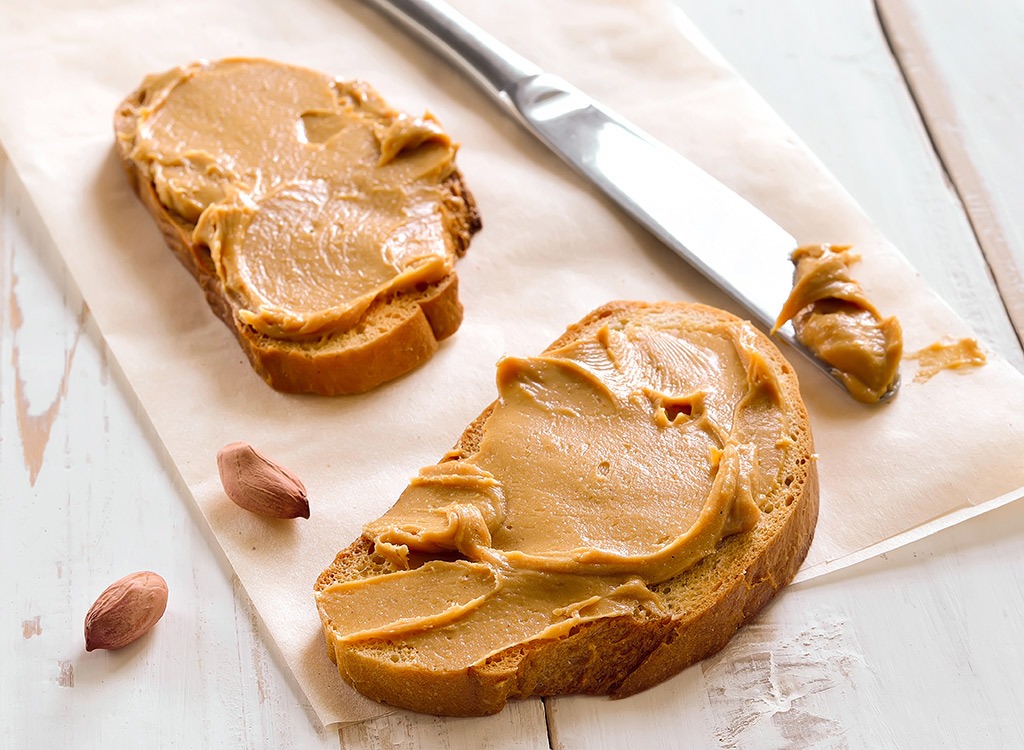
The same study by Bioversity International and the International Rice Research Institute found that 18 to 25 percent of peanut species may become nonexistent by 2055. Since the peanut butter staple requires nearly five months of consistent warmth and approximately 20 to 40 inches of rainfall that abates by harvest season, in addition to moist soil that prevents toxic mold, the legume can be difficult to grow in the face of climate change.
Fish
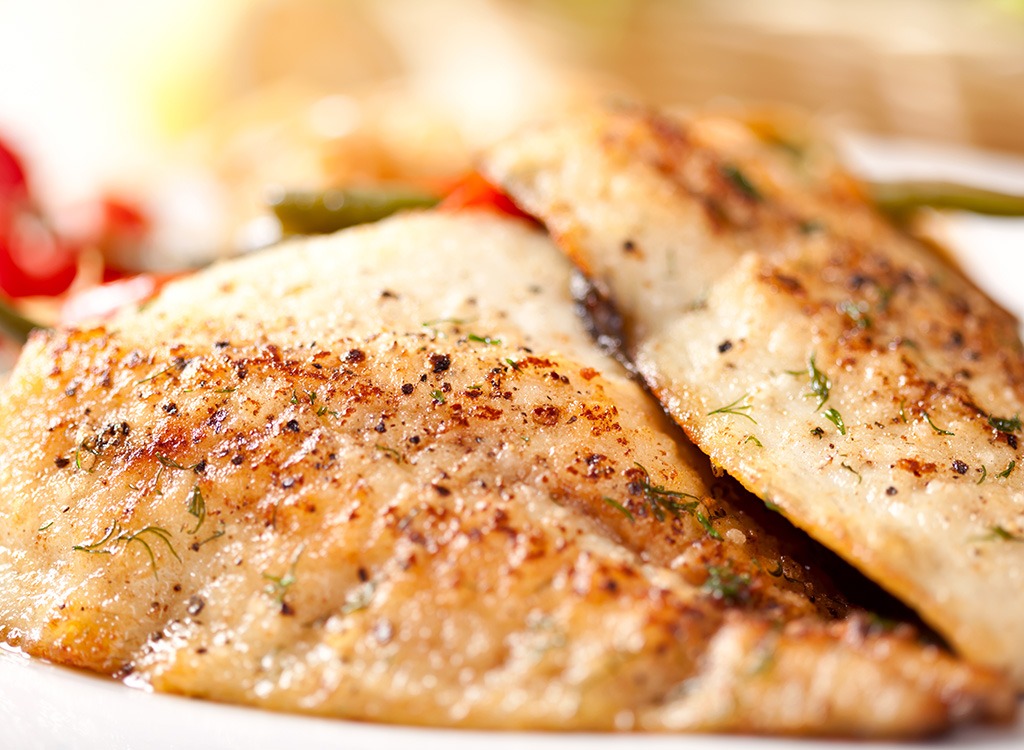
An eye-opening World Wildlife Fund report discovered that over 85 percent of global fish stocks in our oceans are at significant risk of illegal, unreported and unregulated fishing—posing a major threat to many endangered species such as the Atlantic bluefin tuna. “Over 30 percent of the world’s fisheries have been pushed beyond their biological limits and are in need of strict management plans to restore them,” the WWF reports, adding that “many commercial fish populations (such as Atlantic bluefin tuna) have declined to the point where their survival as a species is threatened.”
Coffee

A hotter climate and changing rainfall patterns as a result of global warming are affecting one of the world’s most coveted forms of caffeine. A report by the Climate Institute predicts that by 2050, the global area suitable for coffee production could be slashed in half. Coffee production is forecasted to move away from the equator, posing deforestation risk as well as more extreme weather conditions upslope that are likely unsuitable for mass coffee yields and expected quality. “What we are really seeing as a company as we look 10, 20, 30 years down the road—if conditions continue as they are—is a potentially significant risk to our supply chain,” Jim Hanna, Director, Environmental Affairs at Starbucks, said in the report.
Honey
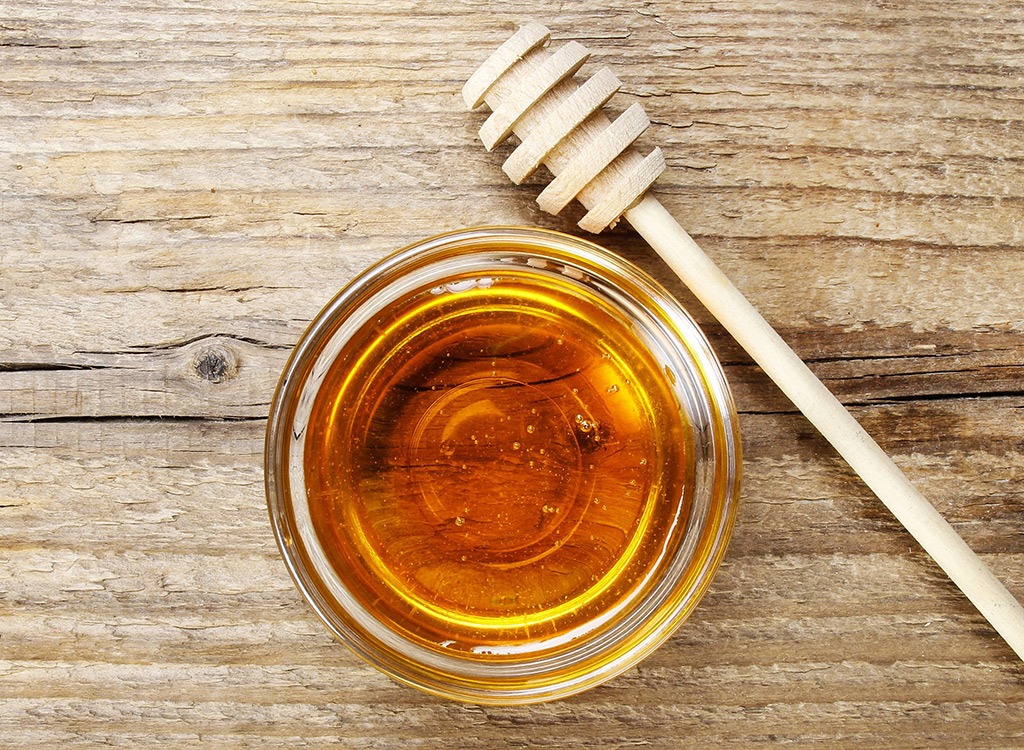
It’s no secret the mass and mysterious decline of honeybees over recent years has endangered the existence of our global food supply. While the pests pollinate fruits, vegetable, and nut crops, their disappearance also marks the probable loss of one of our favorite sweeteners. The demise of bee colonies has been widely linked to pesticide use and climate change.
Cereal Grains
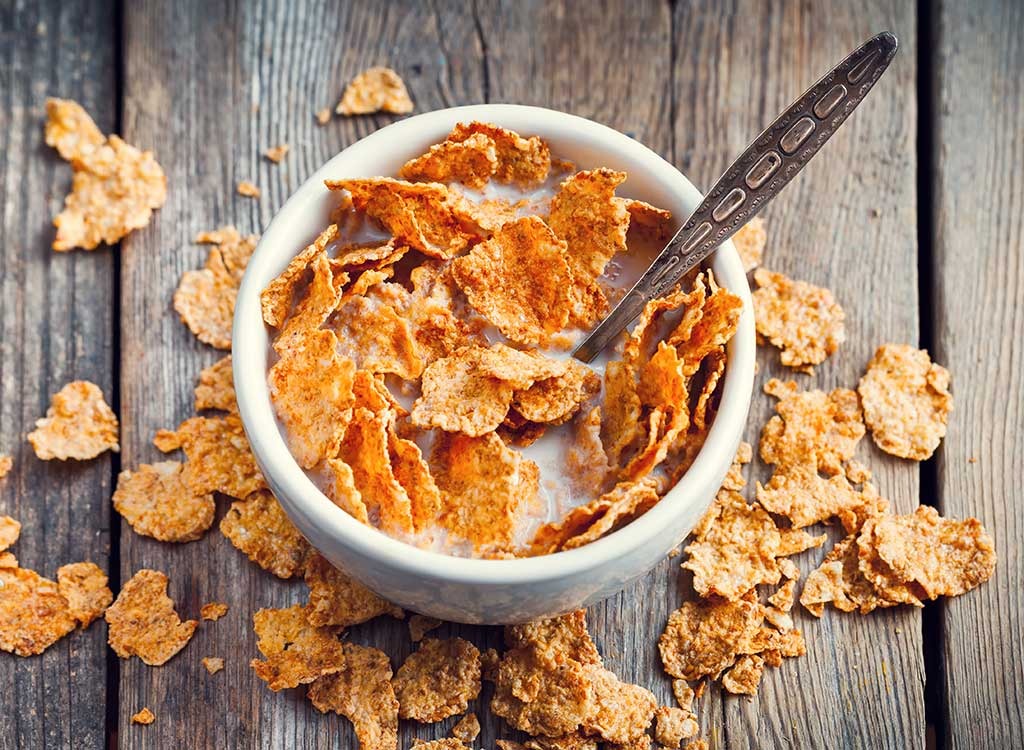
While the global demand for corn, rice, and wheat is projected to increase 33 percent by 2050, according to the Food and Agricultural Organization of the United Nations, a study found that grain-growing croplands may become obsolete due unpredictable weather patterns. What’s more, major wheat-producing countries including the U.S., China, India, and France would be hit—and that’s seriously bad news since wheat, maize, and rice crops account for 51 percent of worldwide calorie intake.
Wine

Vino lovers, brace yourselves for the demise of rose all day. A study in Nature Climate Change, as reported by Insider, found that wine-bountiful regions such as Napa and Sonoma are becoming too hot to grow wine grapes, driving a potential 85 percent production loss over the next 50 years.
Strawberries
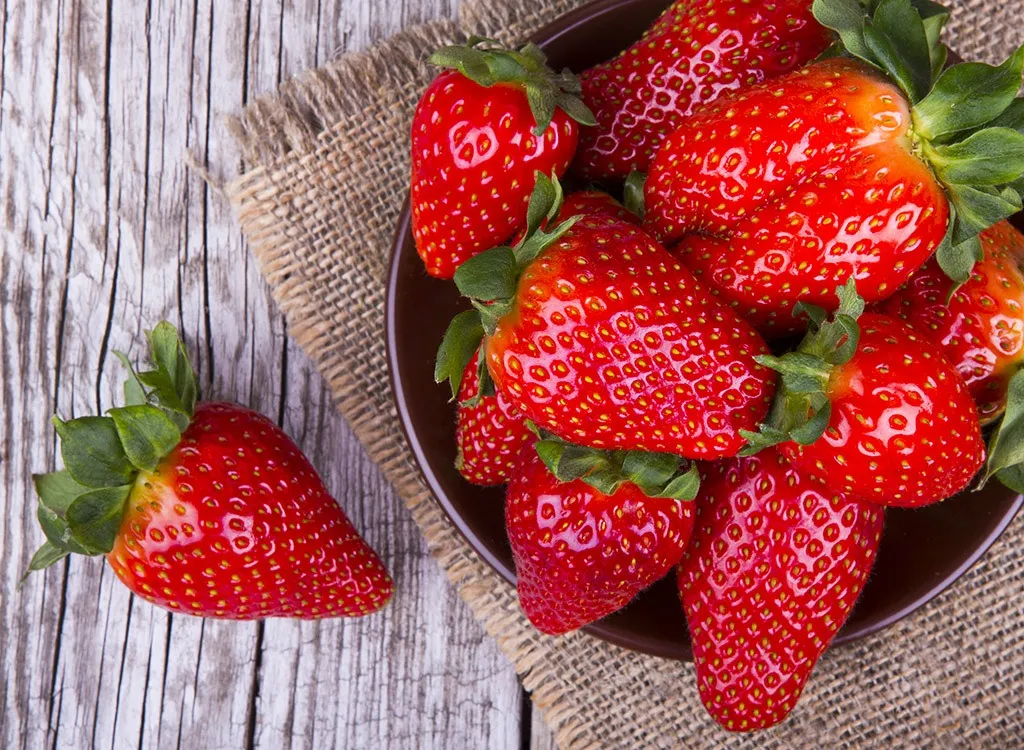
Huelva, Spain’s leading agricultural region produces 312,065 tons of strawberries per year of which 80 percent are exported, the International Society for Horticultural Science reports. Unfortunately enough, the study found that climate change—specifically, the relationship between the rate of production and temperature—resulted in reductions in strawberry crop reductions in recent decades.
Chickpeas

The fiber-filled chickpea requires almost 609 gallons of water to produce just eight ounces of the legume. Because chickpeas require residual soil moisture to grow properly, increasing changes in climate and a rise in droughts pose a major threat to our beloved hummus staple. In fact, thanks to terminal droughts that shorten the growing season, there has been a 40 to 50 percent reduction in chickpea yield worldwide. Other factors include rising temperatures, which also adversely affects pollen viability, fertilization, and seed development.
Maple Syrup
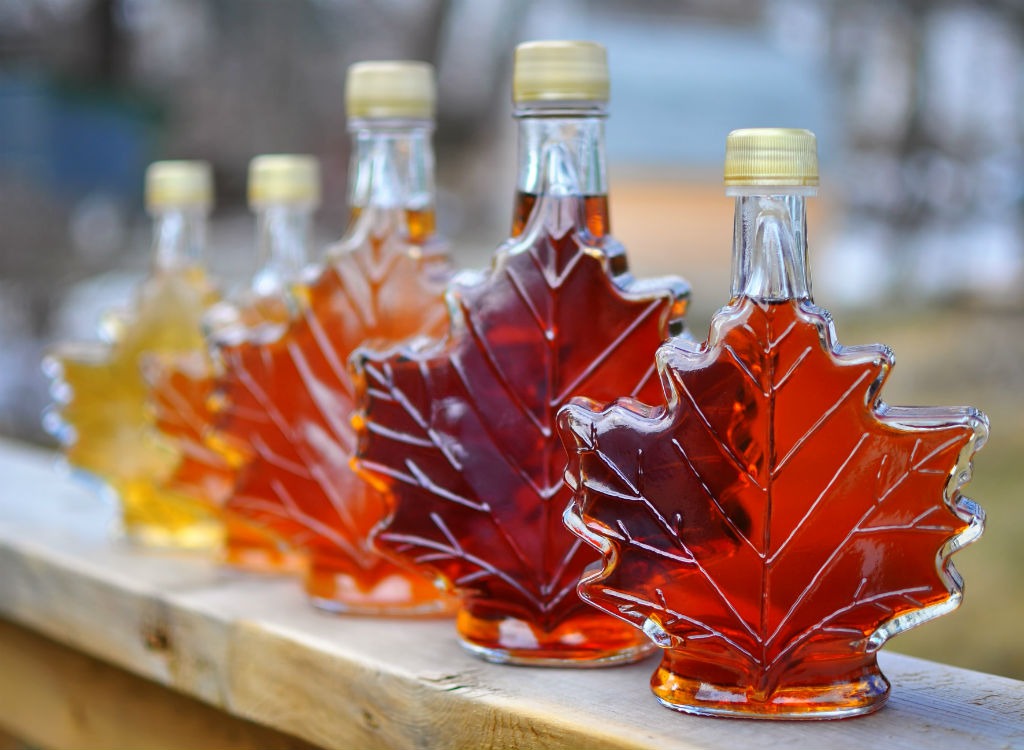
Mineral-rich maple syrup may not be an option to drench your waffles with if climate change abides by a bleak trajectory. “Just fifty years ago a sugar maple’s sap was four percent sugar, now it’s two,” Barry Rock, a leading forest scientist and Professor of Natural Resources at the University of New Hampshire who has studied sugar maples for over 25 years, tells National Geographic, adding that there’s a direct correlation between the syrup’s sweetness reduction and temperature rise since 1970 (since sugar maples require freezing temperatures). “Because of the lower sugar content, more sap is needed to bring the maple syrup to its required 66.9 percent sugar content in the finished product. So while it used to take 25 gallons of sap to make a gallon of pure maple syrup, it now takes 50.”
Soybeans

Sayonara, soybeans? Researchers found that soybean crops could experience a whopping 40 percent reduction by the end of the century as global warming continues posing a threat to our sushi staples such as tofu and edamame. One of the study’s researchers, Joshua Elliott of Chicago University, suspects that lack of water resulting from temperature increases seems to be a bigger factor than the rising temperatures. What’s more, for each day climbing above 86 degrees Fahrenheit, there’s a chance that soybean harvests can drop by about five percent.
Cherries
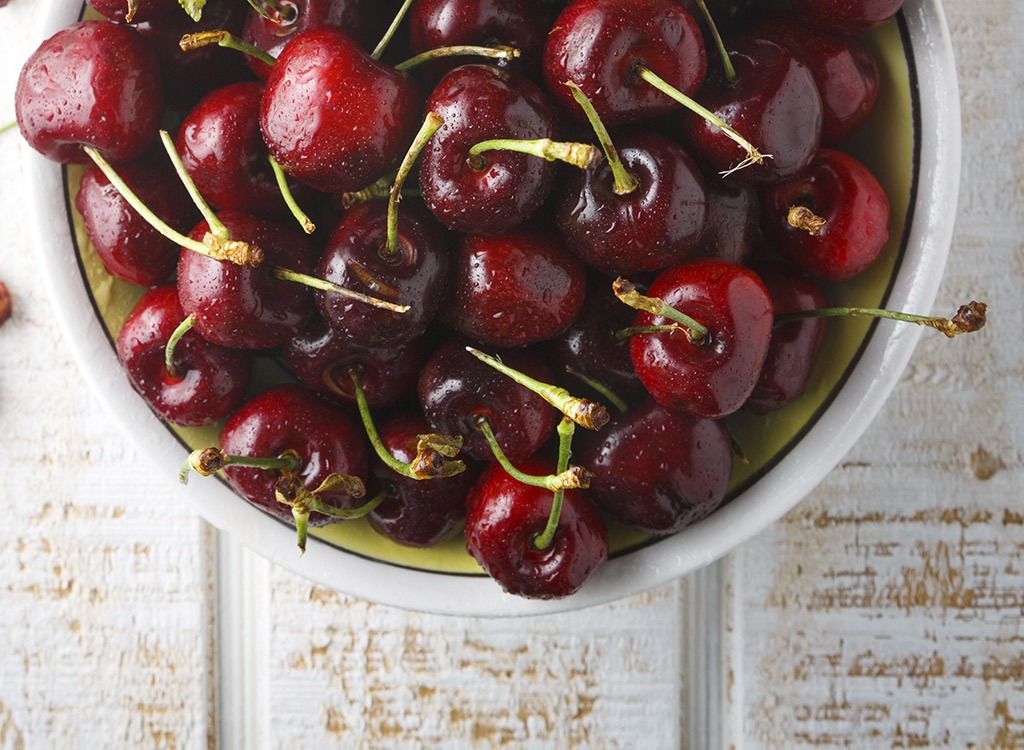
If you’re buying U.S.-grown cherries, chances are they’re hailing from Washington, Michigan, California, Oregon, or Wisconsin. Problem is, Michigan and Washington farmers are growing increasingly concerned about the rising temps. “I believe climate change is having an impact on our weather,” Gary Bardenhagen, Michigan tart cherry farmer who lost his entire crop in 2012 and half his crop in 2015, told Citizens’ Climate Lobby. “It’s becoming more common to have a warm spell in February or early March which melts all the snow and stimulates the trees to move out of dormancy prematurely. The early starts to spring, however, do not preclude a late frost event, which can cause damage to the crop.”








